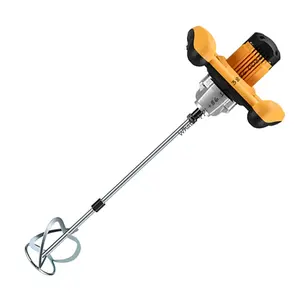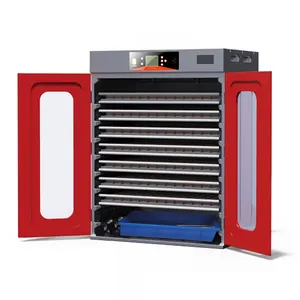Popular in your industry







































































Related Searches:


























































































































































Top categories
About double jacketed vessel
A double jacketed vessel is a container used in various industries to regulate the temperature of the substances it contains. It consists of an inner and outer vessel, with a space between the two that can be filled with a heat transfer fluid. This design enables precise control over the temperature inside the vessel, making it a key component in processes where temperature management is critical. Users can find double jacketed vessels in industries such as pharmaceuticals, food processing, and chemical manufacturing.
Applications of double jacketed vessels
Double jacketed vessels are used in a wide range of applications where precise temperature control is essential. In the pharmaceutical industry, these vessels are crucial for processes like the production of pharmaceutical intermediates, where temperature-sensitive reactions occur. The food and beverage industry utilizes double jacketed vessels for the production of items like sauces, where maintaining a specific temperature is crucial for quality. In chemical engineering, these vessels are employed in the synthesis of various compounds, ensuring controlled conditions for optimal chemical reactions. Laboratories also rely on double jacketed vessels for research and development in diverse fields, facilitating the synthesis of new materials and compounds.
In the energy sector, double jacketed vessels play a role in energy storage systems, specifically in the thermal storage of renewable energy. The vessels store heat from sources like solar or geothermal energy, which can be later used for power generation. In the cosmetics industry, the vessels are integral to the formulation of skincare and personal care products, where precise temperature control is necessary to maintain product integrity. Additionally, the double jacketed vessels are used in the brewing and distilling industry to control the fermentation and distillation processes, ensuring the desired quality and consistency of beverages like beer and spirits.
Types of double jacketed vessels
There are several types of double jacketed vessels, each tailored to specific industrial and research needs. A common variation is the double jacketed reactor, widely used in chemical and pharmaceutical industries for its ability to control temperature during reactions. In the food industry, the mixing tank double jacket is prevalent, facilitating the blending of ingredients while maintaining precise temperature conditions. Biotechnology often employs a double jacketed vessel in the form of a double jacketed mixing tank for processes like fermentation and cell culture, where the controlled environment is vital for optimal growth.
Some specialized double jacketed vessels include those designed for high-pressure applications, ensuring both temperature control and containment of pressurized substances. Cryogenic double jacketed vessels are built to withstand extremely low temperatures, finding use in industries like aerospace and healthcare for cryopreservation. Others, like vacuum jacketed vessels, provide a controlled environment for materials sensitive to atmospheric conditions. The versatility of double jacketed vessels lies in their adaptability to diverse environments, making them a cornerstone in industries where maintaining specific temperature conditions is paramount.
Advantages of double jacketed vessels
The double jacketed vessel is highly regarded for its superior temperature control capabilities. It offers a sophisticated solution for industries where precise conditions are crucial for successful processes. The vessel's ability to prevent temperature fluctuations ensures consistent and repeatable results in manufacturing, research, and other applications. Furthermore, the double jacketed vessel enhances safety by providing a barrier between the heated or cooled substance and the external environment. This feature is particularly valuable in handling hazardous materials, reducing the risk of exposure to operators and the surroundings.
Moreover, the adaptability of the double jacketed vessel to different industries and processes underscores its versatility. From pharmaceuticals to food production and beyond, this vessel is a trusted component across various sectors. The vessel's durability and resistance to corrosion contribute to its longevity and suitability for a range of substances. The capacity to integrate with existing systems and accommodate different scales of operation makes the double jacketed vessel a flexible choice for diverse user requirements. In addition, the vessel's energy efficiency is a notable advantage, as it allows for effective temperature regulation while minimizing energy consumption, contributing to cost savings and environmental sustainability in industrial settings.








































